Avian flu is well on its way to reducing by half the population of the largest gannetry in the world on the Bass Rock.
And when the birds leave at the end of the breeding season to spend the winter at sea, what happens then?
The answer to that question takes the form of two more questions.
One is: how many birds will survive the winter and return next year? For it is almost certain that many which leave will die at sea.
The other is: will the birds that return bring the disease back with them? Or will they find it still awaiting them when they get here?
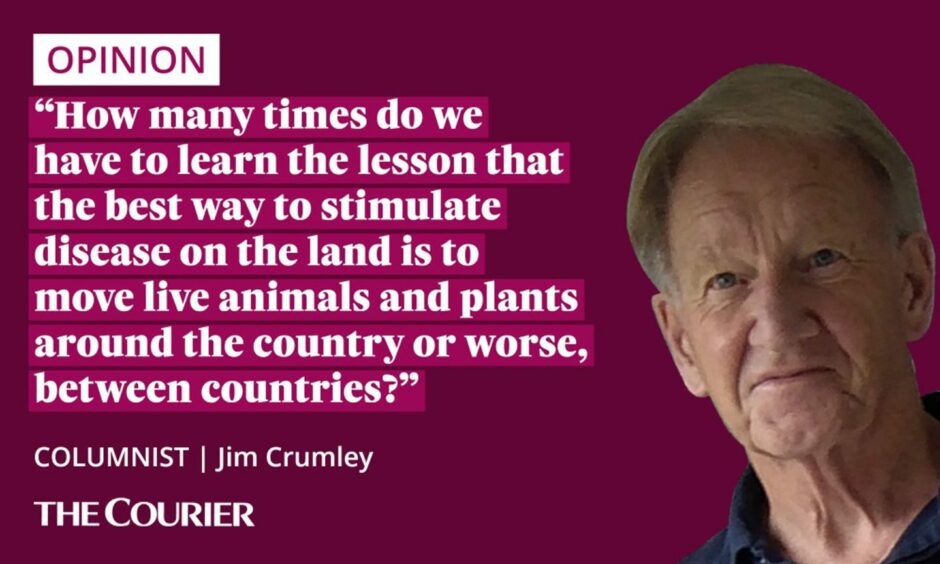
The one thing gannets have in their favour is the size of the population.
Until avian flu struck last winter, they were considered to be the most buoyant species of sea bird, at a critical time for others such as puffins, terns, kittiwakes, skuas, fulmars.
For all of these, the impact of climate change on the ocean habitat of their prey species had threatened their very survival even before avian flu.
But gannets have prospered.
Had prospered.
Once a disease like avian flu becomes mobile, it is particularly virulent in dense colonies of birds.
The Bass Rock is one of the densest.
Was one of the densest.
Bird flu hitting Scotland at sea and on land
The vivid white blaze of birds that characterised the rock every breeding season is dirty brown this year.
The cliffs are pock-marked with dead birds among the still living. These fall off into the sea and wash ashore along the coasts of Fife and Lothian and Berwickshire.
But although sea bird deaths have made the headlines here in Scotland, the spread of avian flu on land is more subtle.
Well done to the LBCP volunteers who started the clean up tonight of the 100s of seabird carcasses at Lunan Bay, thought to be linked to avian flu. #community #environment #seabirds pic.twitter.com/DDY0d4sAZ7
— Lunan Bay Communities Partnership (@LunanBayCP) June 22, 2022
You don’t get gannet-sized colonies of densely packed birds on land.
Except on shooting estates.
Fair game? Birds bred in their millions
Every summer, just before the pheasant-and-partridge shooting season begins, one half of all birdlife in Britain is game birds that have been bred specifically to be shot for “sport” and then dumped.
The estimated number of such game birds is…go on, guess: 50,000? 500,000? 5,000,000?
Not close.
Between 50 and 60 million, in Britain alone, every year.
The figure is an estimate, because as one senior RSPB director remarked last week, “It is a very very unregulated industry.”
And be in no doubt, “industry” is the right word. The sheer scale, the amount of money it generates, and the vast quantity of dead birds that are its legacy to the British countryside, are far beyond anything that should be acceptable in a civilised society with credible landowning policies.
Yet it is tolerated in its “very very unregulated” state in the name of “the rural economy”.
Can Scotland learn lessons from history to prevent bird flu spread?
It gets worse though.
Because many of these birds are imported from France.
How many times do we have to learn the lesson that the best way to stimulate disease on the land is to move live animals and plants around the country or worse, between countries?
Bovine TB, anyone ? Farmers blame it on badgers, science on the relentless movement of cattle?
Ash dieback? The result of years of importing young ash trees from nurseries in Germany.
And now there is avian flu, a gift from poultry farms in the Far East.
It litters the coasts with dead birds, but these are only the easy ones to find.
Inland, we have no idea what the toll is. We only know that its best chance of spreading is from dense crowds of birds, and right now, the densest crowds are to be found among the release sites of the shooting industry.
The threat to native wildlife from this unfathomable.
Yet the prime concern of the industry appears to be the threat to the size of this year’s shoots.
‘Beyond reckless’ – and time for closer regulation
One senior official of the British Association for Shooting and Conservation said those shoots where they bred their own birds would be “largely unaffected by avian flu, whereas others may be proceeding with scaled back plans…
“We have heard of shoots taking the tough decision not to proceed this year,” the official went on.
“Shoots will be looking at their supply chain and how to secure them for the future.”
📣 'Game bird shortages leave game bird shooting season facing a £40m black hole'
The ongoing impact of avian flu and rising costs are all significant pressures facing shooting and conservation.
Director Dr Colin Shedden explains more here ⬇️https://t.co/L8wfR3BiqB
— BASC Scotland (@BASCScotland) July 6, 2022
Not a whiff of acknowledgement that breeding millions of birds to kill them and flooding the landscape with them at the height of an avian flu epidemic is beyond reckless.
The rest of us, the overwhelming majority of the human population, the ones who don’t kill birds for fun or to make money, think there are more worthwhile ways to stimulate the rural economy; think the shooting industry’s obsession with controlling “predators” is glaringly oblivious to the fact that the most thoughtless and indiscriminate predator of all is a group of people with guns and a complete disregard for nature.
Meanwhile, the wild bird population is reeling from circumstances completely beyond its control.
And until our governments take a much more uncompromising grip on land use legislation, on the “very, very unregulated” shooting industry, on the internal movement and the importing of live animals, and on the protection of nature at every level, diseases such as avian flu are going nowhere.
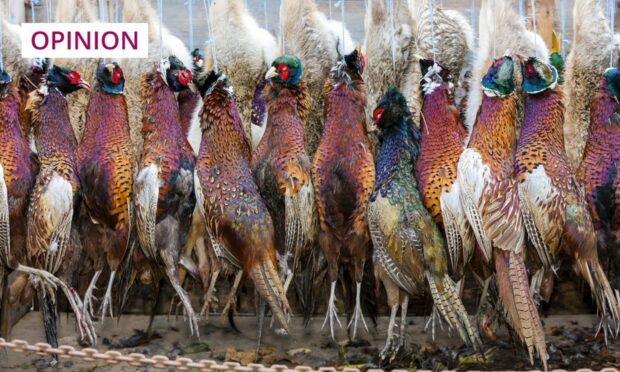
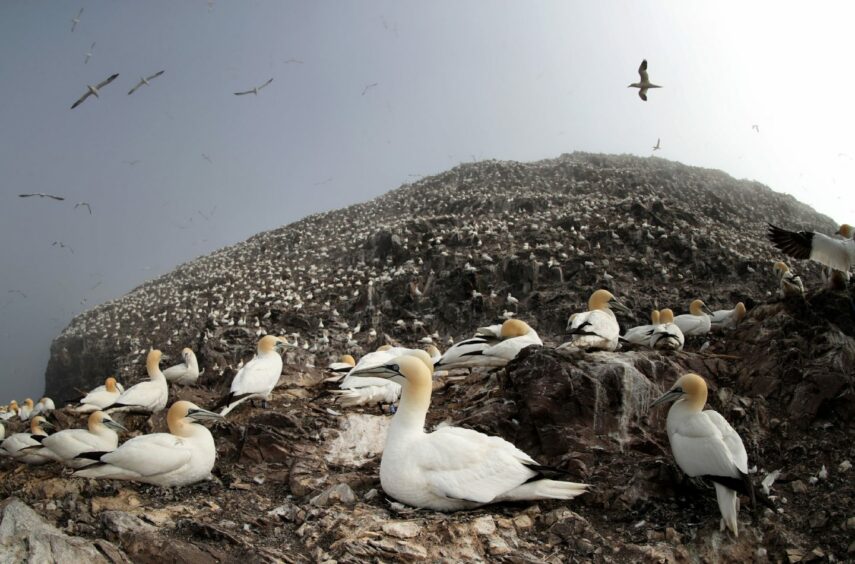
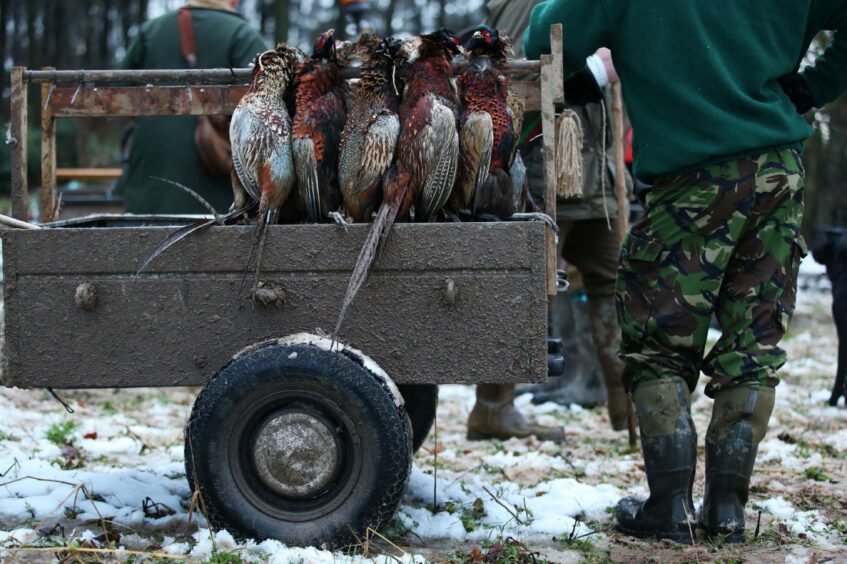
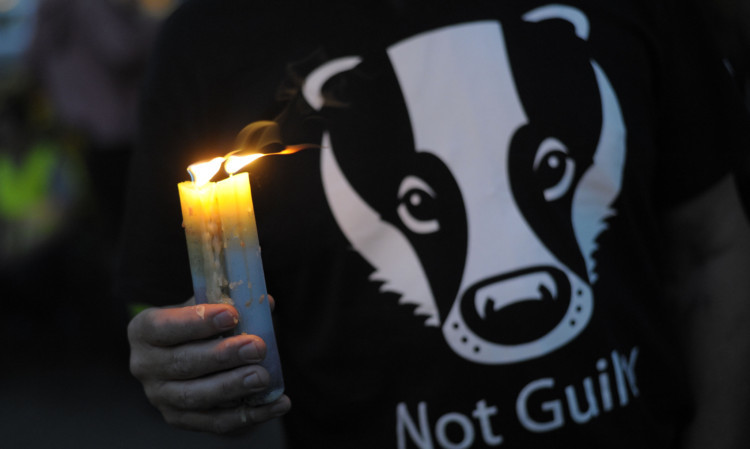










Conversation